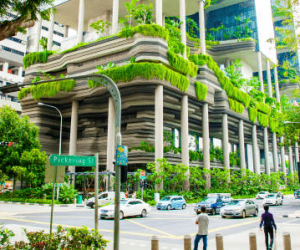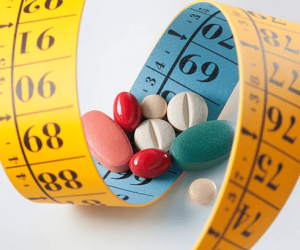In the modern era of sustainable building design, LED lighting has emerged as a vital component, revolutionising the way we think about energy efficiency and environmental impact. If you’re planning to construct or renovate a building with sustainability in mind, understanding the role of LED lighting is crucial.
Understanding LED Lighting
Light Emitting Diode (LED) technology has rapidly advanced, offering significant benefits over traditional lighting methods such as incandescent or fluorescent lights. LEDs are highly efficient, converting a greater proportion of energy into light rather than heat. This efficiency translates into lower energy consumption and reduced greenhouse gas emissions, making LEDs an ideal choice for eco-friendly building designs.

Energy Efficiency and Cost Savings
One of the most compelling reasons to incorporate LED lighting into your sustainable building design is the significant energy savings it offers. LEDs use up to 75% less energy than incandescent bulbs and last up to 25 times longer. This longevity reduces the frequency of replacements, leading to cost savings on both energy bills and maintenance. Over the lifespan of an LED bulb, the savings can be substantial, making them a smart financial investment as well as an environmentally conscious choice.
Environmental Impact
Choosing LED lighting contributes to reducing your building’s carbon footprint. Traditional lighting methods release more CO2 due to higher energy consumption. By switching to LEDs, you can significantly cut down on these emissions. Furthermore, LEDs do not contain hazardous materials such as mercury, which is found in fluorescent bulbs. This absence of harmful substances makes disposal safer and reduces environmental pollution.
Design Flexibility and Aesthetic Appeal
LED lighting offers incredible design flexibility, allowing you to create various lighting effects and ambiances to suit different spaces. With advancements in technology, LEDs are available in a wide range of colours and intensities. The combination of LED and Perspex lighting can enhance the aesthetic appeal of any space, making it visually striking while maintaining energy efficiency.
Health and Well-being
LED lighting can also have a positive impact on health and well-being. Unlike fluorescent lights, which can flicker and cause eye strain or headaches, LEDs provide a steady, flicker-free light. Additionally, LEDs can be adjusted to emit different colour temperatures, which can influence mood and productivity. For instance, cooler light temperatures are known to enhance concentration, making them ideal for workspaces, while warmer temperatures can create a relaxing atmosphere in living areas.
Integration with Smart Technology
Another advantage of LED lighting in sustainable building design is its compatibility with smart technology. LEDs can be easily integrated into smart lighting systems, allowing you to control lighting remotely via apps or smart home devices. This integration can lead to further energy savings by enabling you to optimise lighting usage based on occupancy and natural light levels. Automated lighting controls can ensure that lights are only used when needed, minimising waste and maximising efficiency.
Compliance with Green Building Standards
Incorporating LED lighting into your sustainable building design can also help you meet various green building standards and certifications, such as LEED (Leadership in Energy and Environmental Design) or BREEAM (Building Research Establishment Environmental Assessment Method). These certifications recognise buildings that achieve high levels of environmental performance, and energy-efficient lighting is a key criterion.
Concluding Thoughts
By embracing LED lighting in your sustainable building design, you can achieve significant energy savings, reduce environmental impact, and create a healthy and visually appealing environment. The integration of LED technology with Perspex lighting can further enhance the aesthetic and functional aspects of your space. As sustainability becomes increasingly important in construction and design, LEDs stand out as a crucial element in building a greener future. So, when planning your next project, make LED lighting a cornerstone of your sustainable strategy, and enjoy the benefits it brings to both your building and the planet.



